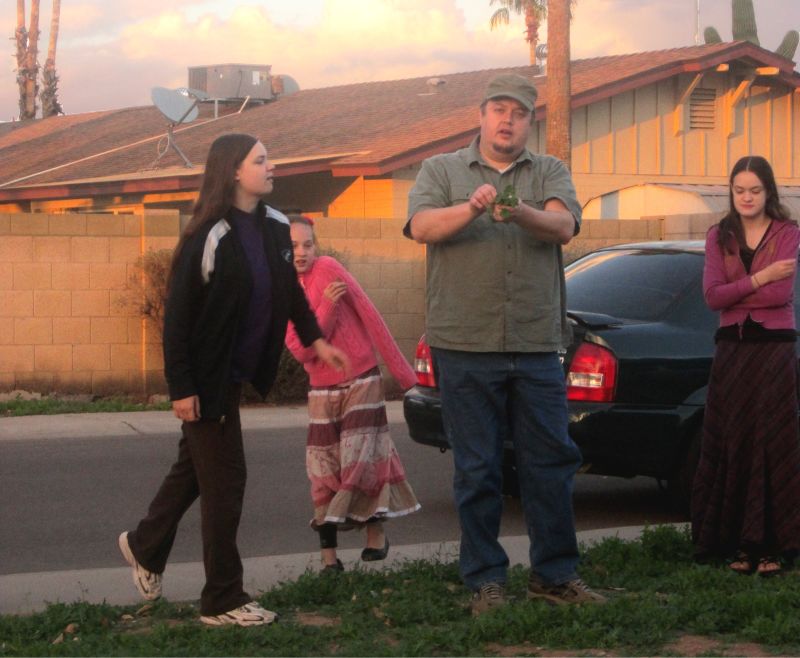The Purpose and Value of Weeds

Ever since we’ve moved into our current rental house (3 years ago), it hasn’t had a front yard. Neither I nor the landlord (a friend of ours) has wanted to pay to put grass in, and I made peace with that.
For the first year or two, I’d just pay one of my older boys to remove the weeds when they got out of hand. But last year we got some heavy spring rains and the whole yard turned green with weeds. My second son and I agreed to a price for clearing them, and I left the method of removal to him, so long as it was physical and not chemical.
Unfortunately, he and his best friend decided that the easiest way to remove the weeds would be to till them under, so said friend arranged to borrow the family rotary tiller one Saturday morning, and he and my boys proceeded to turn the entire front yard into a garden bed ready to be planted. Except I didn’t have anything to plant. And if you leave bare soil unplanted, Nature will make sure to cover it for you.
So this year, after a couple of heavy spring rains, our “nature garden” is sprouting prolifically. It’s a lovely deep, dark green, and it looks much better than the bare dirt. But everything growing in the yard is what most people would call weeds, except maybe the patches of Bermuda grass, which only I call a weed.
Since I began studying permaculture, and especially since I started my Permaculture Design Certificate course a few months ago, I have a different view of these plants. They’re pioneers. In nature, their job is to fix bare soil. If a tree falls down in a forest, the first plants on the scene are “weeds”. They typically send down deep tap roots, bringing minerals to the surface, in the form of their leaves. After the ground is covered with something, other plant varieties move in, and the pioneers, after dropping thousands of seeds, tend to yield to this succession, which generally continues until the natural state of the site is reached (forest, in this example).
Weeds certainly can be a problem, especially if you have other plants competing with them for water and nutrients (which is why I hate Bermuda). But if you’ve just got bare soil, there really isn’t much point to removing the weeds. They’ll just come back as soon as there’s water to germinate. It’s their job. So this year I’ve taken a different tack, and I just have someone “mow” the weeds down with an electric string trimmer, in permaculture chop-and-drop style (meaning, we just leave what gets cut on the yard). The weeds don’t get a chance to go to seed, the yard looks better than bare dirt, and nature can (mostly) take it’s course. If I ever decide to put in something else in the front yard, we’ll remove the weeds. (See this article at Permaculture Visions for a little more detail about this kind of strategy.)
For the record, the picture for this article is of me teaching my wife and kids about the weeds growing in the front yard, and their use as food and medicine. (I love my permaculture class!) I brewed Rachel a cup of malva (cheeseweed mallow) tea for her sore throat and dry cough, and all of us tried eating London Rocket, which I later found out is not the same as salad rocket (arugula), though related and also edible. Maybe next time I’ll write an article on edible weeds.
Update: I never did get around to writing that edible weeds article, and now it’s too late in the season. (Sorry, Toni.)
I did eat one weed salad, but it was pretty bad. I like London Rocket quite a bit, but only the cheeseweed “fruits” (the little cheese wheel looking things that give the plant its common name) from the malva are of much interest. The prickly lettuce I sampled was just plain horrid, and now it’s the only thing still growing. Well, there is the burclover growing under one of my grape vines, but I mostly leave it alone since it’s a nitrogen fixer, and the grape vine really seems to like it.